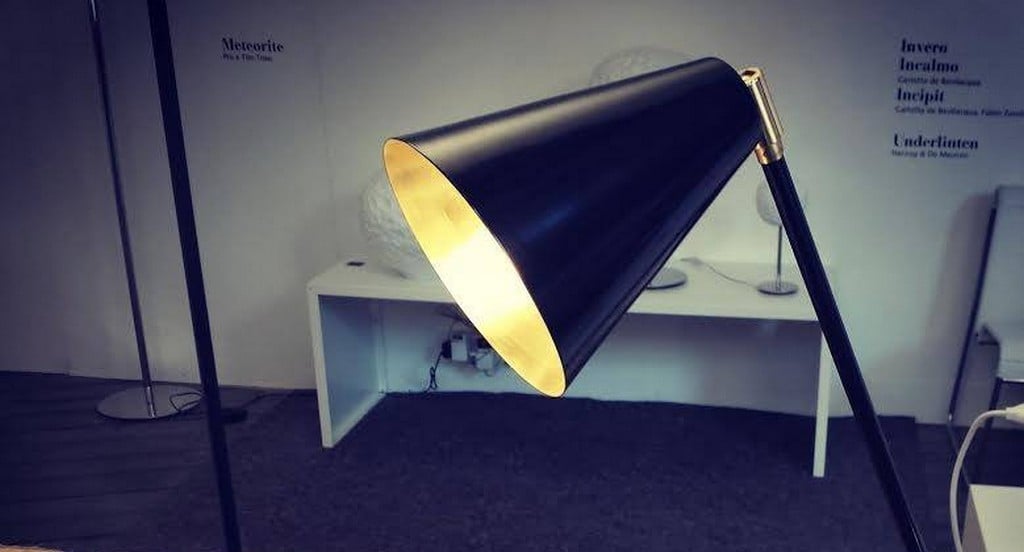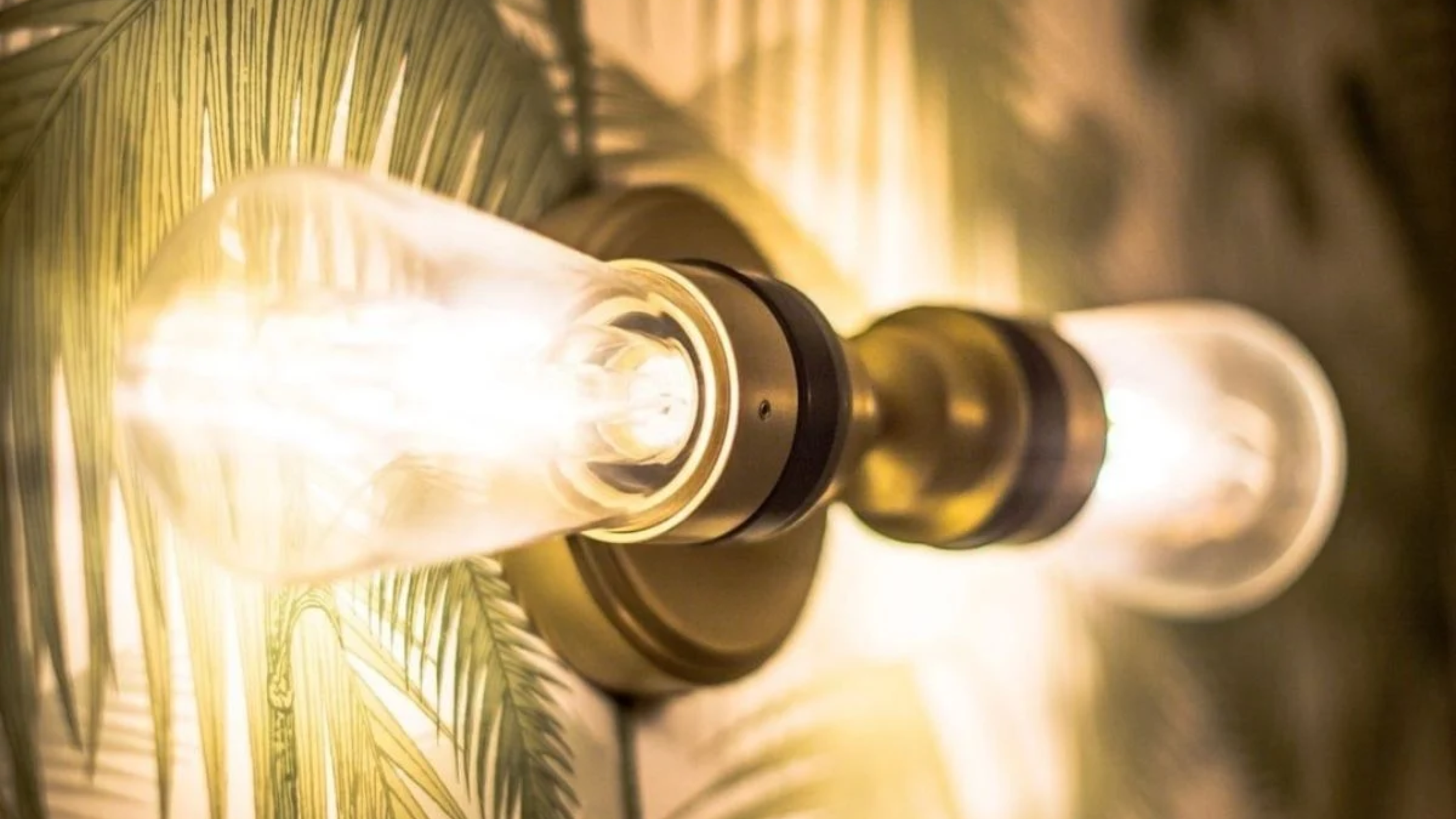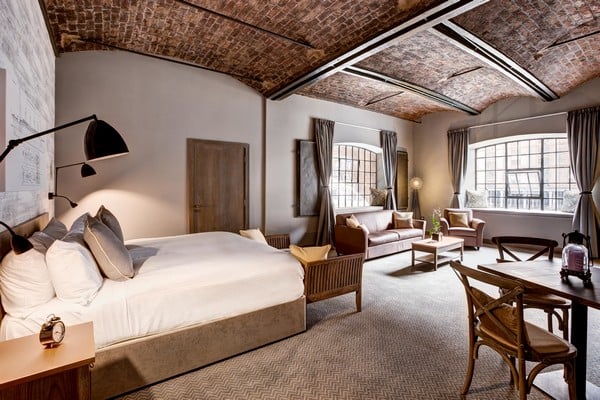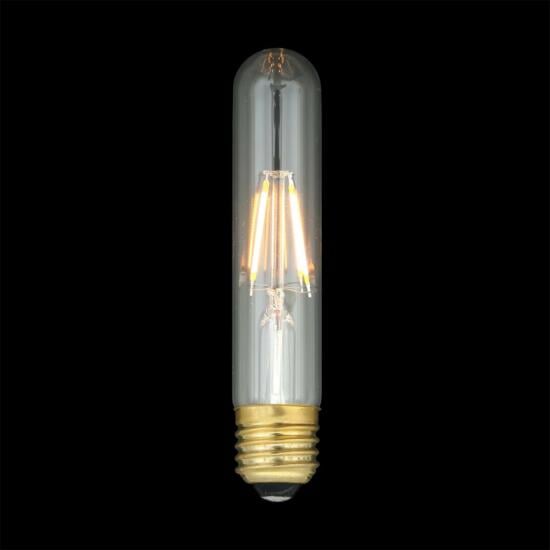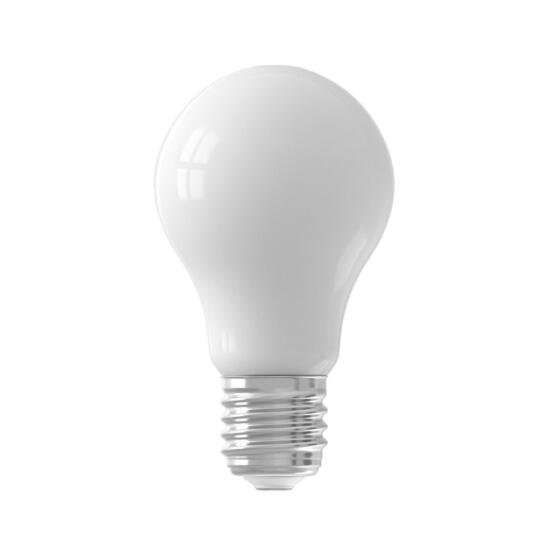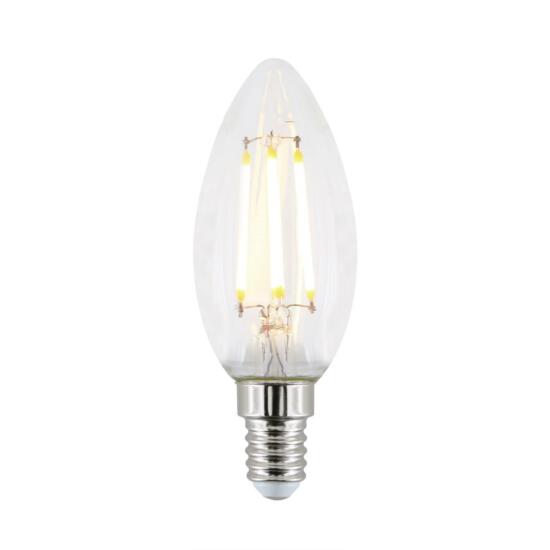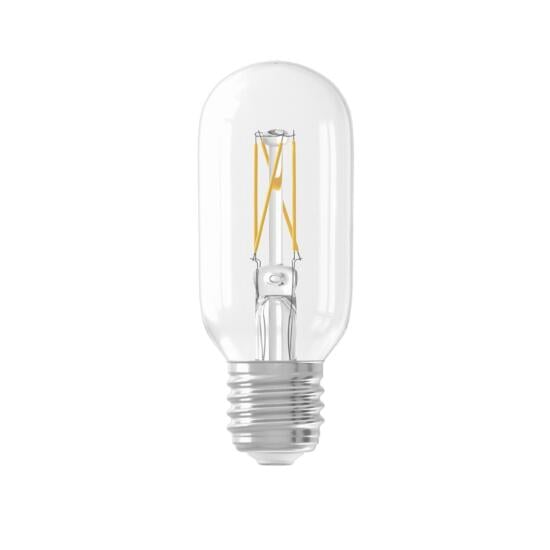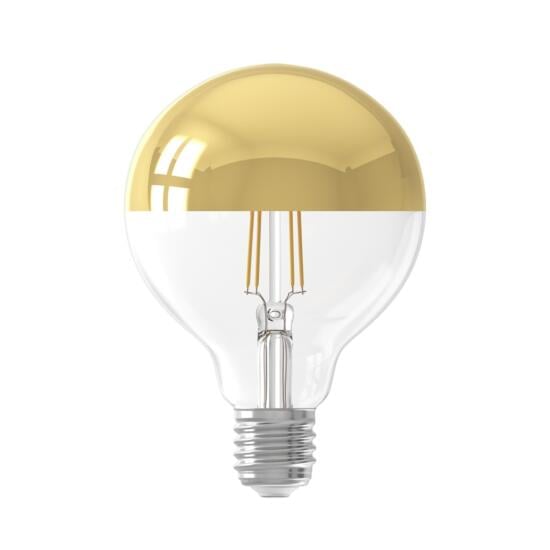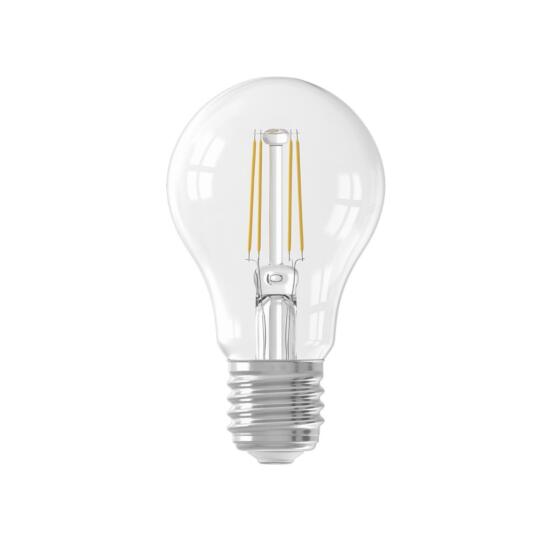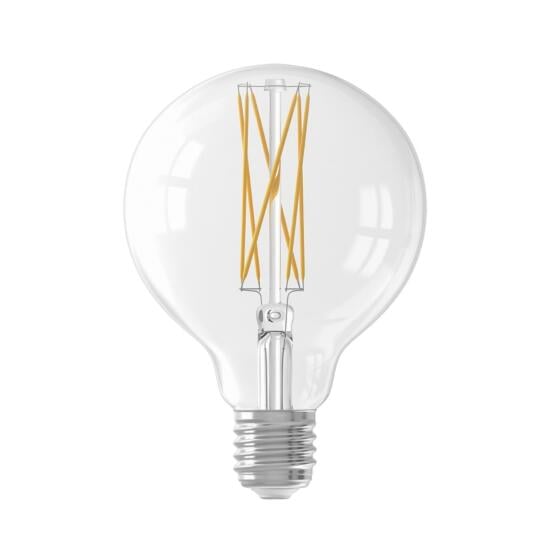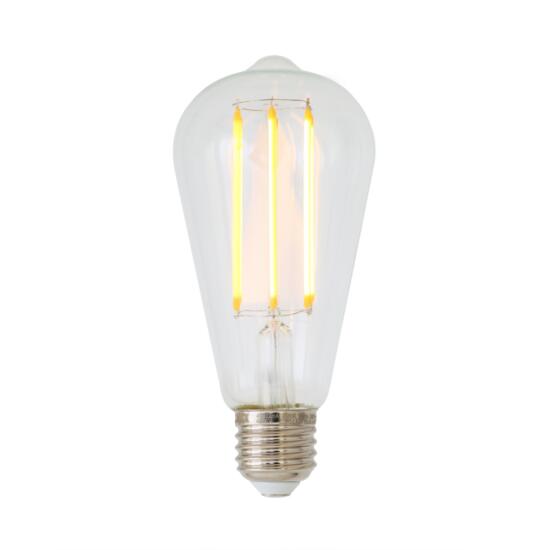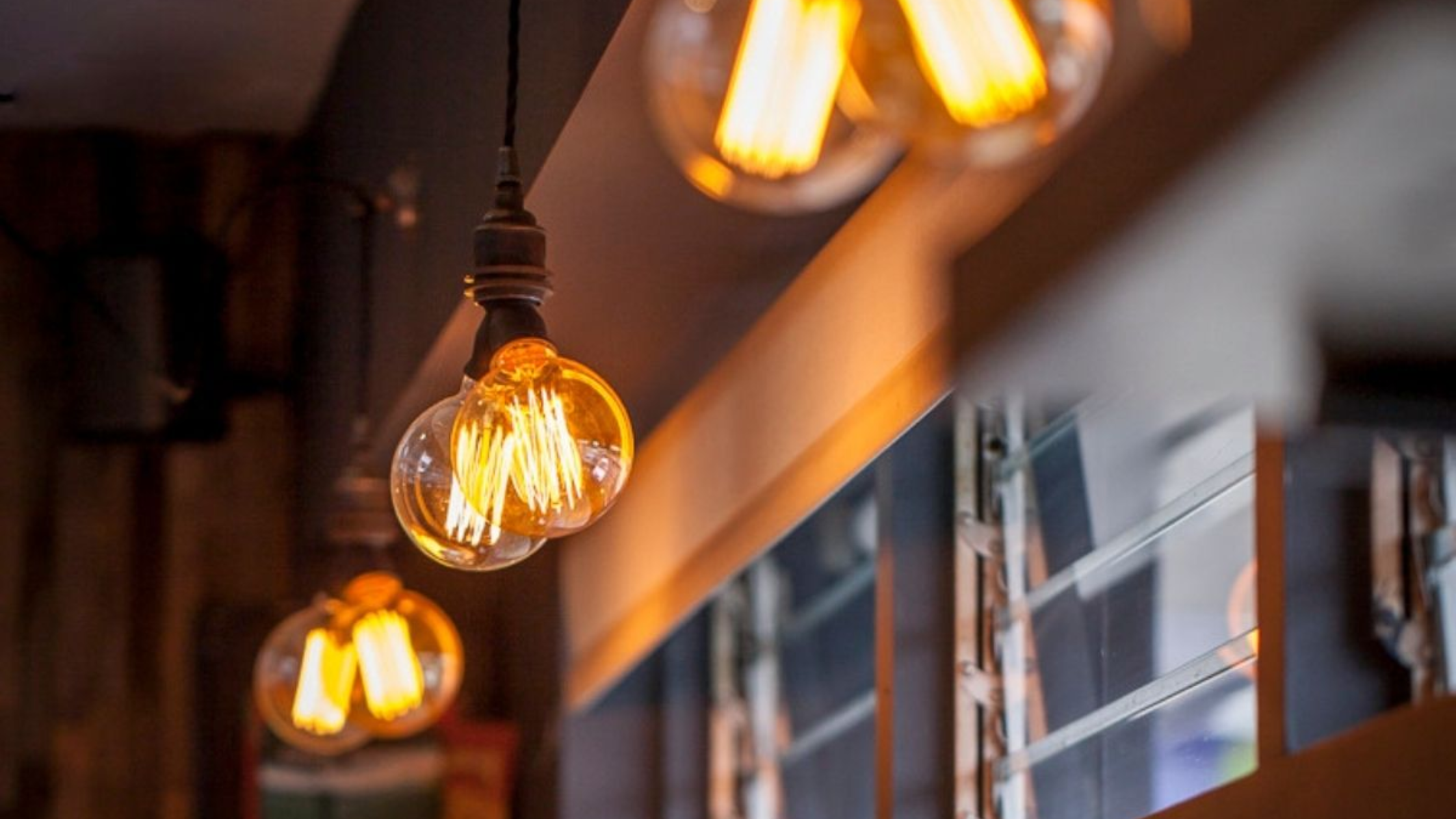
What is colour temperature?
Colour temperature refers to the appearance of light provided by a light bulb. Different bulbs emit different colour temperatures.
Colour temperature is expressed in Kelvins and measured on a numbered scale that provides information on the quality of light that a bulb emits, particularly the colour and the atmosphere it helps create.
The look and feel of a space can be greatly affected by colour temperature. Therefore, it is important to choose the right colour temperature based on the mood you want to create.
Based on the Kelvin numbered scale, the higher the colour temperature, the cooler, more energising light will be.
A lower colour temperature will produce a warmer, more relaxing glow. These terms reflect the aesthetic that light bulbs help create in a space and should be considered carefully to satisfy a room’s desired purpose, mood and style.
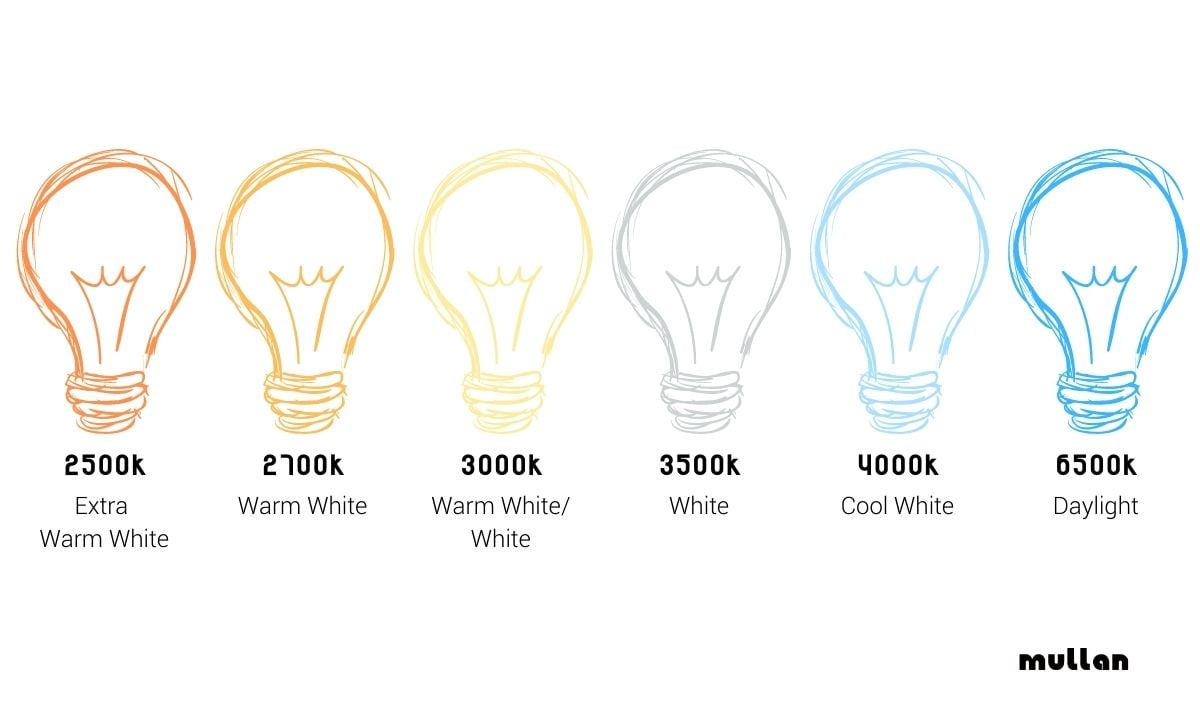
In LED lighting there are three basic choices of light bulbs in regard to colour temperature, all of which have a specific look and feel suited for different rooms and spaces. These choices are warm white, cool white and daylight.
Warm White
A warm white light is one of the most common and popular colours chosen to illuminate a space. A warm white light measures between 2,000K-3,000K on the Kelvin scale.
This popular colour temperature emits a soft hue with a nice yellow / orange glow, offering a relaxing, welcoming ambient lighting effect. Creating subtle, homely tones, a warm white light will effortlessly illuminate a living room, dining room or bedroom to add a traditional warm, relaxing feel.
Our E27 4W LED teardrop bulb has a warm white hue that creates a vibrant glow reminiscent of early 20th-century lighting.
Cool White
A cool white light measures between 3,100K-4,500K on the Kelvin scale, offering a much brighter and vibrant colour temperature.
With clean and refreshing tones, this colour temperature will suit a bright modern home as bright light will complement contemporary décor. A cool white light has a clearer appearance.
This light can be used for task lighting, with a slight blue tone, perfect for stimulating environments such as kitchen and workplaces.
Daylight
Crisp and invigorating, a daylight colour temperature mimics the effect of natural light, offering a neutral hue.
Measuring between 4,600K-6,500K on the Kelvin scale, this bright light can often appear quite harsh and unrelaxed; therefore it should be avoided in bedrooms and living rooms.
Instead, a daylight colour temperature may be suitable for laundries and bathrooms, perfect for a vanity area in the bathroom. For tasks that require concentration such as reading or intricate projects, a daylight colour temperature should be applied as it can aid concentration due to its energetic feel.
Understanding colour temperatures helps create the right ambiance and tone for your interior space, ensuring you're able to carry out spcecific tasks and activities with ease.

